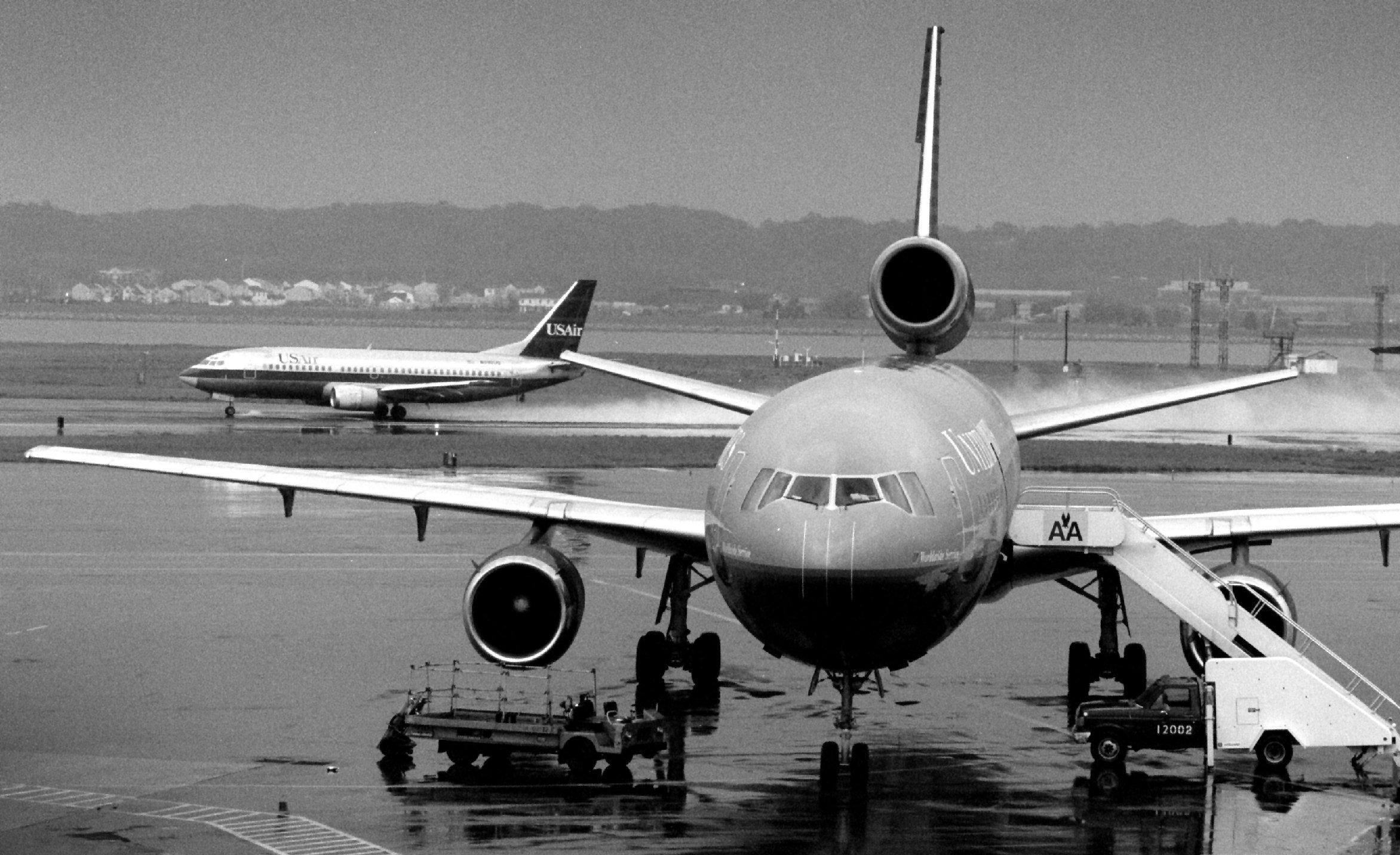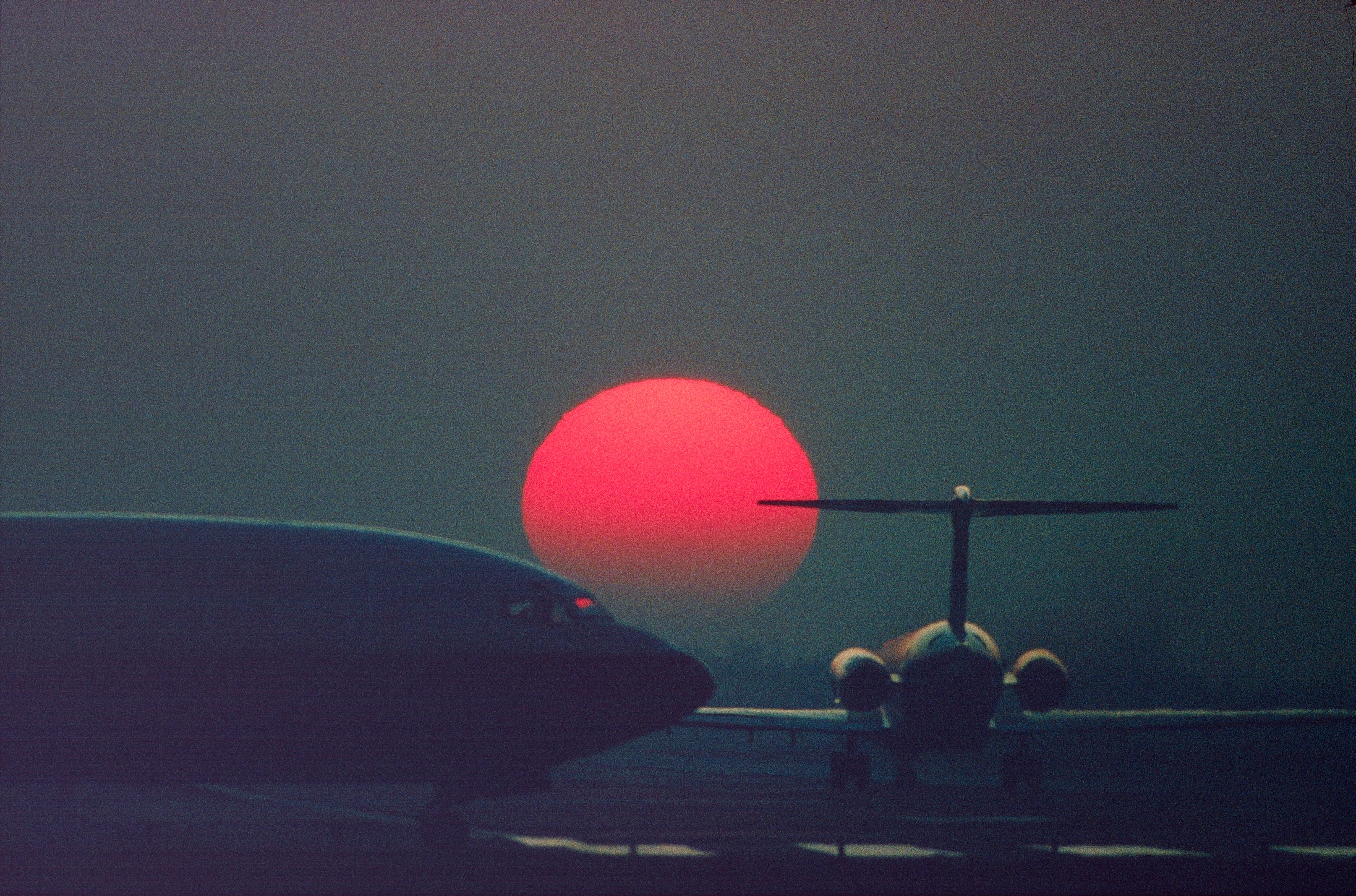For several decades, Boeing and McDonnell Douglas were competitors in the United States aviation industry. However, at the end of the 20th century, only Boeing survived, following a $13.3 billion stock swap.
Previous merger
Before the merger with Boeing, the McDonnell Douglas brand was born following another merger between two influential forces. In 1967, Douglas Aircraft Company and the McDonnell Aircraft Corporation.
Douglas aircraft were popular following World War II, with strong demand for the DC-8 and DC-9. However, the company saw challenges when it came to increasing output. Thus, the firm welcomed an offer from McDonnell, which sought to expand its presence in the commercial sector following its stronghold in the defense realm.
Ongoing shifts
Altogether, McDonnell Douglas battled tough conditions following the merger. Notably, the American Airlines Flight 191 crash on May 25th, 1979, was a public relations disaster. 271 occupants on the DC-10-10's died along with two people on the ground, setting up a defensive decade for the company in the 1980s.
Subsequently, the DC-10 didn't offer the revenues that McDonnell Douglas had hoped for until several years later. Military contracts boosted hope for the business. Still, they wouldn't be enough to stop it from eventually considering another merger.
A long time coming
Discussions of a merger with Boeing began before the middle of the 1990s, but the announcement of the proposal wasn't made public until the end of 1996. Boeing's orders were piling up during this period. Therefore, it could make use of McDonnell Douglas' facilities, which have plenty of capacity but saw a drop in production. Altogether, the two manufacturers would have a backlog of approximately $100 billion following the transaction.
When The New York Times reported the deal, it highlighted how former Boeing president and chief executive Philip Condit called it a historic moment in aviation and aerospace. He did not feel that there would be any problems in obtaining antitrust approval with the move. The businessman said that leadership looked carefully at all of its programs and concluded that the overlaps in business are considerably minor.
Meanwhile, Harry Stonecipher, who was chief executive of McDonnell Douglas before the merger, would become president and chief operating officer of the outfit following the completed process. He added that precisely in the military and space sectors, his company is complementary and that there is plenty of competition in these fields.
Approval granted
Subsequently, after initial concerns, regulatory bodies gave the go-ahead for the merger. The European Commission said it found that the proposal would lead to a notable strengthening of Boeing's existing presence in the worldwide market for large commercial jets.
The European Union body said the following:
"The Commission considers that this strengthening arises from MDC's own competitive potential in large commercial jet aircraft, from the enhanced opportunity for Boeing to enter into long-term exclusive supply deals with airlines (already exemplified by those with American, Continental and Delta), and from the acquisition of MDC's defence and space activities, which latter confer advantages in the commercial aircraft sector through "spill-over" effects in the form of R&D benefits and technology transfer."
However, Boeing affirmed that there will be the cessation of existing and future exclusive supply deals. Moreover, there would be "ring-fencing" of McDonnell Douglas' plane activity. There also would be licensing of patents to other jet producers. Most significantly, the company said that it wouldn't abuse relationships with suppliers and customers while reporting regularly to the European Commission. Approval was subsequently granted.
Get the latest aviation news straight to your inbox: Sign up for our newsletters today.
Done deal
So, by the summer of 1997, the merger was complete. Even though McDonnell Douglas' presence in the commercial realm wasn't as strong during the middle of the 1990s, it still held importance when it came to defense.
The firm supplied aircraft to the militaries to several allied nations. Countries such as the United States, the United Kingdom, Italy, Malaysia, and Japan all received planes from McDonnell Douglas. Ultimately, the deal would ramp-up Boeing's stance against rivals such as Lockheed Martin in military aviation.
Over the decades, McDonnell Douglas produced some of the US' most iconic aircraft. Today, Boeing pays tribute to the brand by adopting a customization of its logo into its own branding. Additionally, the Chicago-headquartered manufacturer would continue its own mission of maintaining its presence as a global aviation powerhouse.
Veterans such as the DC-3 and the DC-10 can still be spotted today. The McDonnel and Douglas names are long etched into the history of US aviation.
What are your thoughts about the merger between Boeing and McDonnell Douglas? What did you make of the move at the time of the deal? Let us know what you think of the situation in the comment section.
Source: The New York Times; European Commission



